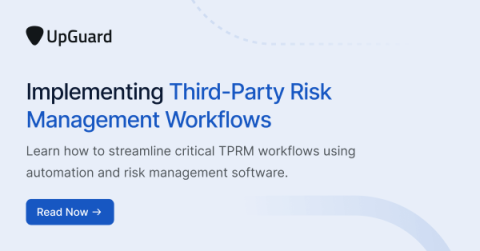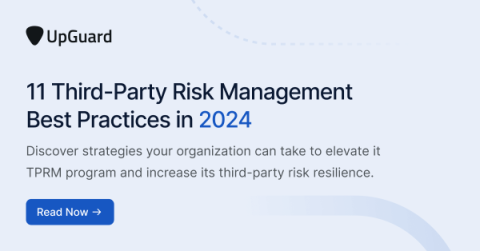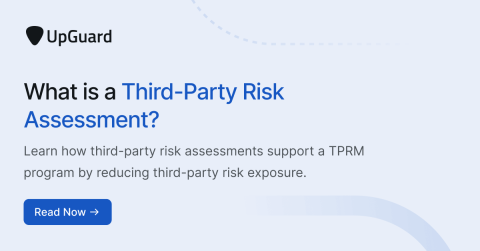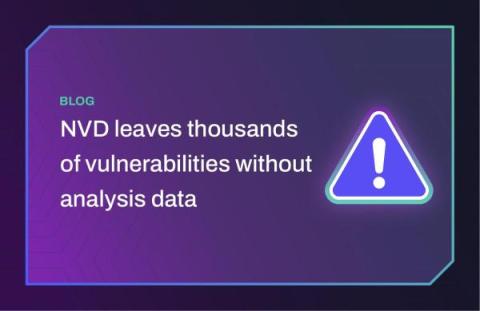Implementing Third-Party Risk Management Workflows
In today’s modern business environment, nearly every organization partners with at least one third-party vendor or external service provider. Third-party service providers (web-hosting platforms, software-as-a-service companies, and other businesses that provide technology or services as part of a contract) allow organizations to focus on their primary business processes while reducing operational costs.









